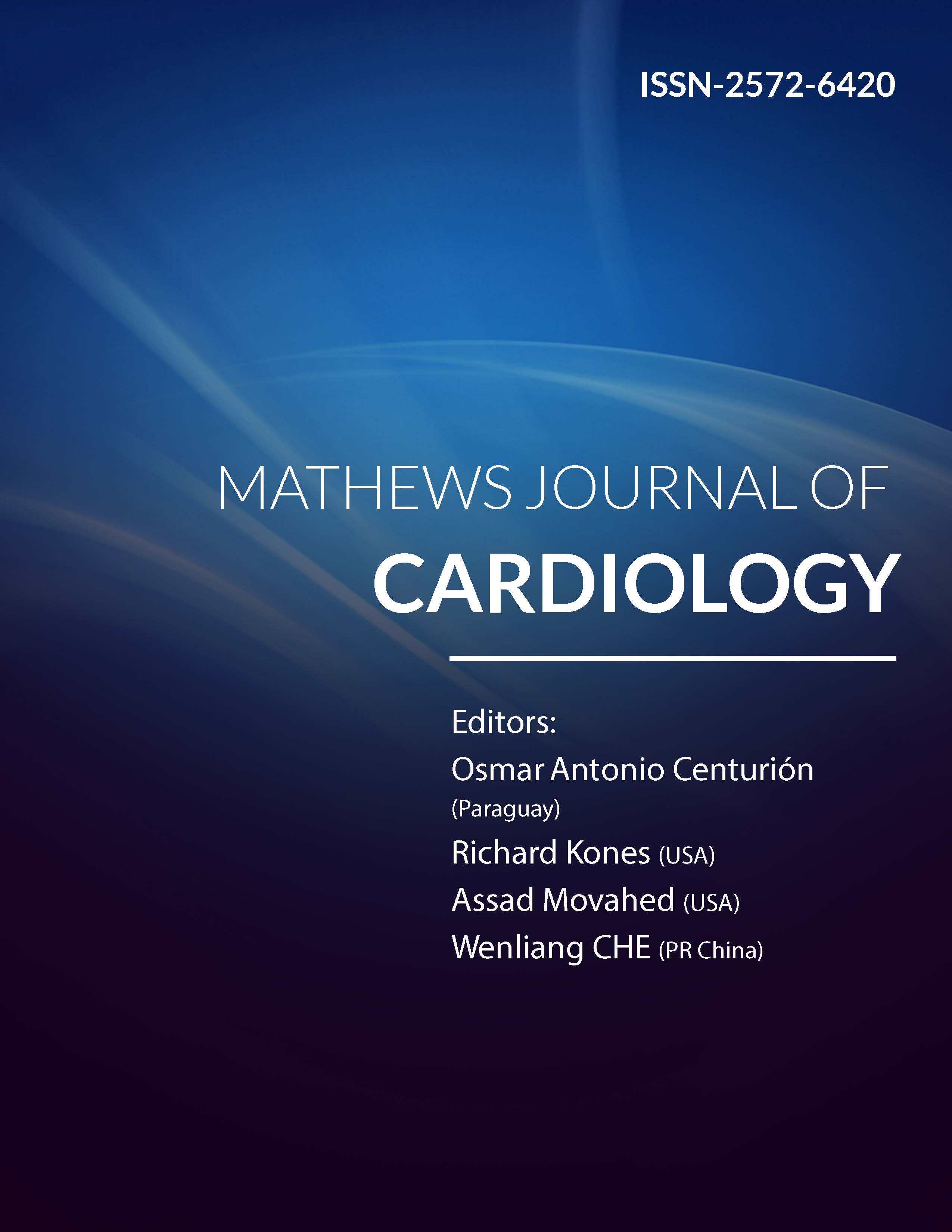
Information Links
Previous Issues Volume 8, Issue 1 - 2024
Study of Key Aspects of Anticoagulant and Antiplatelet Therapies: New Perspectives and Innovations in Assessing the Coagulation System's State
Andrey Belousov1,2*, Ekateryna Belousova1
1Laboratory of Applied Nanotechnology of Belousov, Ukraine
2Kharkiv National Medical University, Ukraine
*Corresponding Author: Dr. Andrey Belousov, Laboratory of Applied Nanotechnology of Belousov, Kharkov Medical, Academy of Postgraduate Education, Ukraine, Website: www.nanolab.com.ua; E-mail: [email protected].
Received Date: January 04, 2024
Published Date: February 06, 2024
Citation: Belousov A, et al. (2024). Study of Key Aspects of Anticoagulant and Antiplatelet Therapies: New Perspectives and Innovations in Assessing the Coagulation System's State. Mathews J Cardiol. 8(1):32.
Copyrights: Belousov A, et al. © (2024).
ABSTRACT
Statement of the Problem: Impairment of the blood coagulation system (BCS) remains a relevant issue in clinical practice. A striking example of this is the fact that despite the administration of anticoagulant therapy, up to 35% of COVID-19 patients were hospitalized in the intensive care unit with thromboembolic complications. Prophylactic and therapeutic methods for the hemostatic system, recommended by various protocols, have a general nature. Moreover, they introduce dissonance into the clinical clarity of appropriate anticoagulant and antiplatelet use and fail to provide practitioners with the necessary fundamental knowledge to understand the aspects of clinical tactics for correcting the hemostatic system. Uncertainties remain regarding how to correctly choose a specific anticoagulant and determine its effective dose based on individual clinical and laboratory data, which laboratory markers of the coagulation system should be investigated, and whether they always reflect the true picture of hemostasis. Methodology and Theoretical Orientation: This article briefly presents the main aspects of the functioning of the BCS, points of application for pharmacological agents, and provides objective information for clinicians about the mechanisms of action of major anticoagulants and antiplatelets. Effective and practical methods for assessing the hemostatic system are recommended. Findings: The proper correction of the hemostatic system can only be carried out by a highly qualified specialist - a clinical transfusiologist, who possesses a comprehensive understanding of the functioning of the coagulation and anticoagulation systems, the platelet and fibrinolysis systems, knows the points of application and mechanisms of action of the pharmacological agents and blood components used, and takes into account internal and external factors that influence hemostasis. Conclusion and Significance: Empirical prescription of anticoagulant and antiplatelet therapies, based solely on instructions and clinical protocols without objective comprehensive analysis of the hemostatic components, is not only ineffective but also life-threatening for the patient. Coagulogram and D-dimer measurements cannot serve as the sole determining markers for monitoring the coagulation system. Evaluation of the BCS should only be carried out based on a comprehensive analysis of coagulogram data, complete blood count, thromboelastography (TEG), and data from all relevant systems.
Keywords: Anticoagulants, Antiplatelets, Thrombosis, Hemostasis Assessment, Regulation.